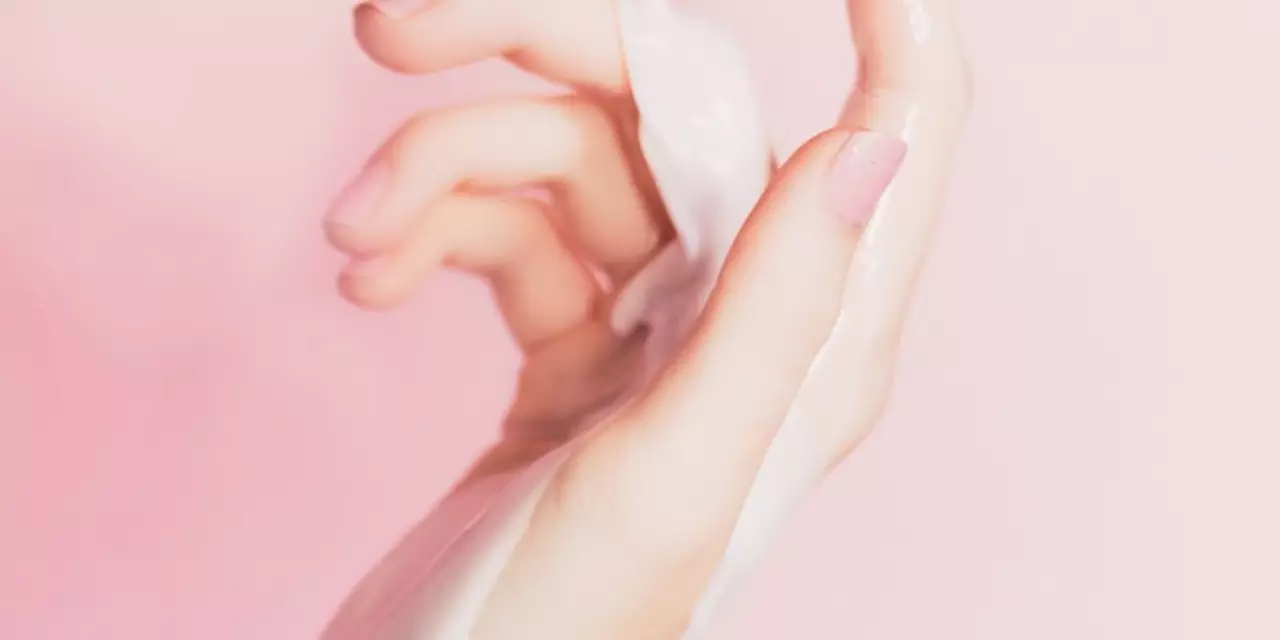How Beauty Brands Find Creative Ways to Repurpose Overstock
In the beauty industry, overstock is inevitable. Whether it’s due to a miscalculation in production or a change in consumer preferences, beauty brands often find themselves with more product than they know what to do with. Fortunately, beauty brands have gotten creative when it comes to repurposing their overstock.One of the most common tactics beauty brands use to repurpose their overstock is to offer limited edition collections. This allows the brand to create something new out of the same ingredients, packaging, and formulas, but in a different combination. This can be a great way to generate excitement around a product and to get rid of overstock without having to discount it or throw it away.
Another tactic beauty brands use to repurpose their overstock is to donate it to organizations that can put it to good use. This can include donating to women’s shelters, homeless shelters, schools, or other organizations that can benefit from the product. Not only does this help the organizations, but it also helps the brand build goodwill and a positive reputation.
Finally, beauty brands often repurpose their overstock by using it to engage consumers. This can involve inviting consumers to try out the product and give feedback, offering samples at special events, or even giving away the product in exchange for consumer reviews. This is a great way for brands to get feedback on their products and to make sure that their overstock does not go to waste.
No matter what tactic a beauty brand chooses to repurpose its overstock, it’s important for them to make sure that whatever they do with the product is in line with their brand values. Doing so will ensure that the brand is able to make the most of their overstock, while also protecting their brand’s reputation.
How Beauty Brands are Reducing Waste Through Upcycling Unsold Products
As the beauty industry grows, so do the number of products that are created and sold. However, with this growth also comes an increase in unsold products and overstock. In order to reduce the amount of waste created by these products, many beauty brands have started to upcycle their unsold products.Upcycling is the process of taking existing products and re-purposing them into something new and useful. With the help of upcycling, beauty brands are able to reduce their waste by finding alternative uses for products that would otherwise be thrown away.
One way that beauty brands are upcycling their overstock is by donating them to charities and non-profits. Many of these organizations are in need of basic hygiene and beauty products, and the donations from beauty brands help to fill this gap. This not only reduces the amount of waste created by the beauty industry, but it also helps those in need gain access to the products they need.
Another way that beauty brands are upcycling their overstock is by reselling them at discounted prices. This allows customers to purchase these products at a fraction of the cost, while also helping to reduce the amount of waste created by the industry.
Beauty brands have also started to partner with other companies to create new products from their overstock. For example, some beauty brands are now working with home decor companies to create candles and other products from their unused lotions and creams. This not only creates a new product for consumers, but it also helps reduce the amount of waste created by the industry.
By upcycling their overstock, beauty brands are able to reduce the amount of waste they create while also helping those in need. This is a win-win situation for everyone involved and is a great example of how businesses can be more mindful of their environmental impact.
Exploring the Impact of Beauty Brands Selling Overstock to Discount Outlets
As the beauty industry continues to evolve, so too do the ways in which beauty brands manage their overstock. From selling it to discount outlets to giving it to charity, beauty brands have a number of options to consider when it comes to their excess inventory. In this blog, we’ll explore the impact of beauty brands selling their overstock to discount outlets, as well as some of the pros and cons of this approach.One of the major benefits of selling beauty overstock to discount outlets is that it allows companies to keep their products in circulation without oversupplying the market. By keeping products in circulation, beauty brands can ensure that their products are seen by a wider audience and that they remain in the public consciousness. This can be beneficial for a brand’s overall sales, as it increases the chances that a customer will purchase the product in the future.
Another benefit of selling overstock to discount outlets is that it allows beauty brands to recoup some of the money they’ve invested in the product. By selling their overstock to discount outlets, beauty brands can make back some of the money they’ve invested in the production of the product. This can help a brand to offset the costs of producing the product, as well as providing them with a bit of extra income.
However, there are some potential drawbacks to this approach as well. For instance, selling to discount outlets can lead to a devaluation of the brand’s products, as the products are now being sold for much less than their original retail price. This can have a negative impact on the brand’s reputation, as customers may perceive the brand as producing low-quality products.
In addition, selling overstock to discount outlets can also lead to a decrease in profits. Discount outlets typically purchase products in bulk and resell them at a discounted rate, which means that the beauty brand may not be able to recoup the full cost of the product. This can lead to a decrease in overall profits, as the brand is now selling their product at a reduced rate.
Ultimately, selling beauty overstock to discount outlets can be an effective way for beauty brands to manage their excess inventory and recoup some of the money they’ve invested in the product. However, it’s important to weigh the pros and cons of this approach carefully before making a decision. By understanding the potential risks and benefits, beauty brands can make an informed decision about the best way to manage their overstock.

